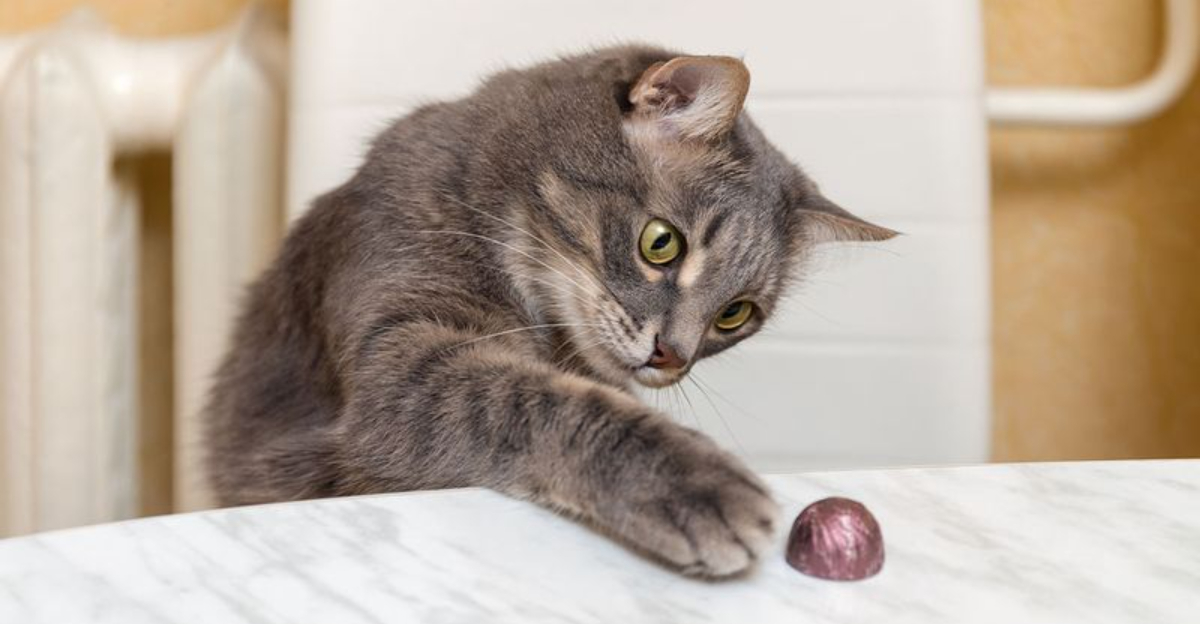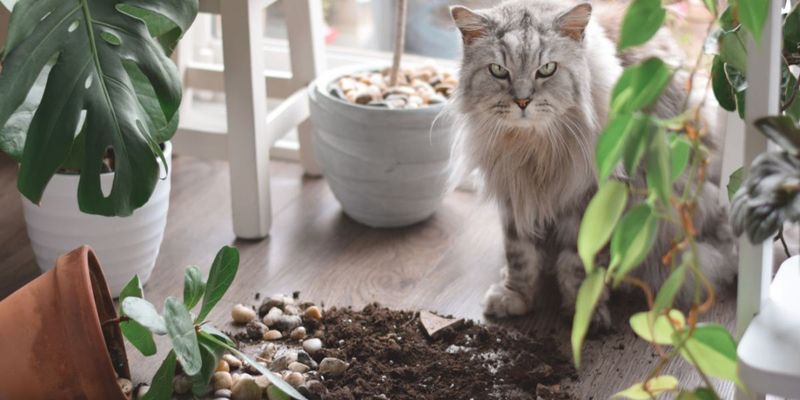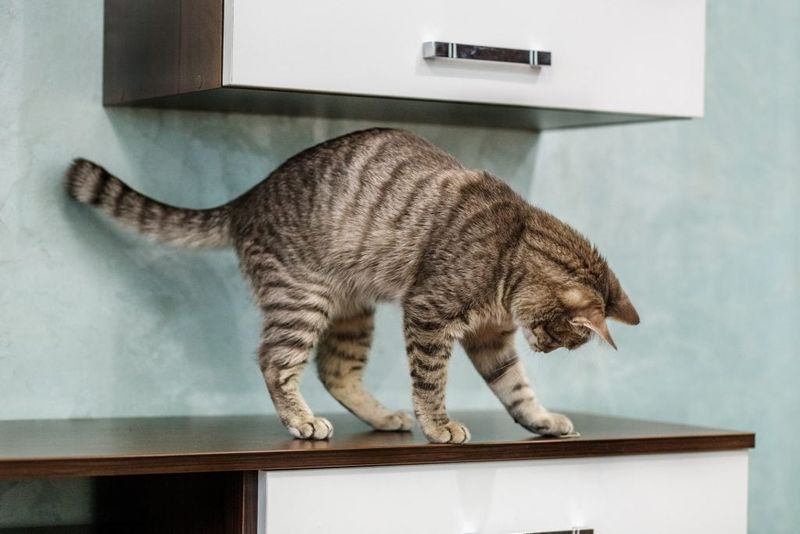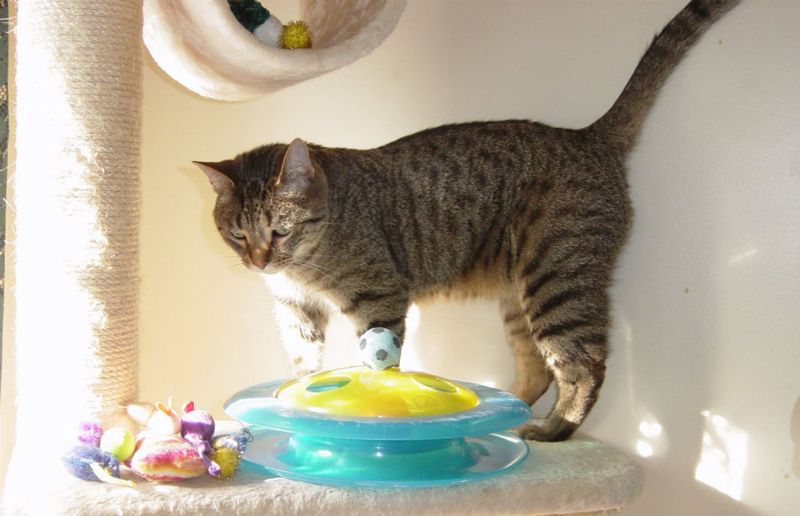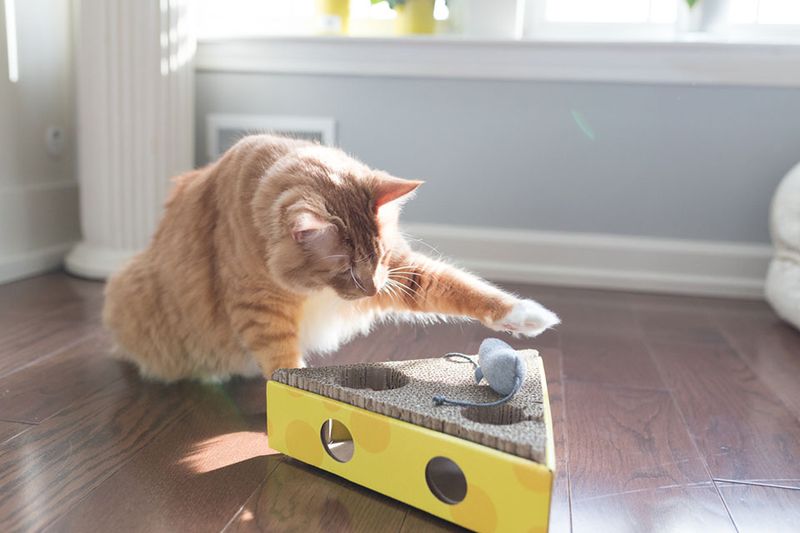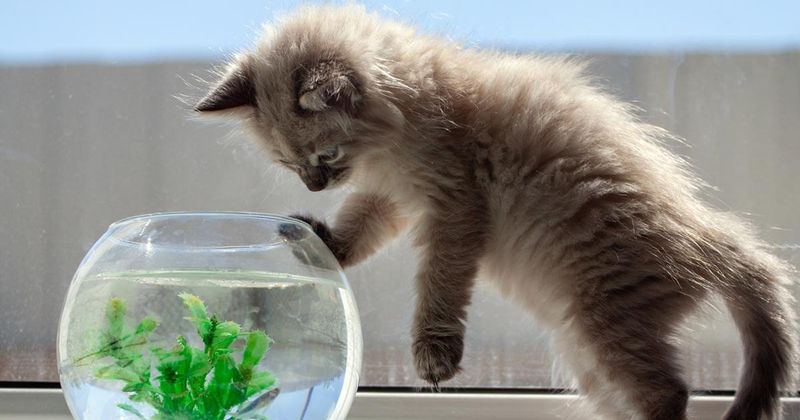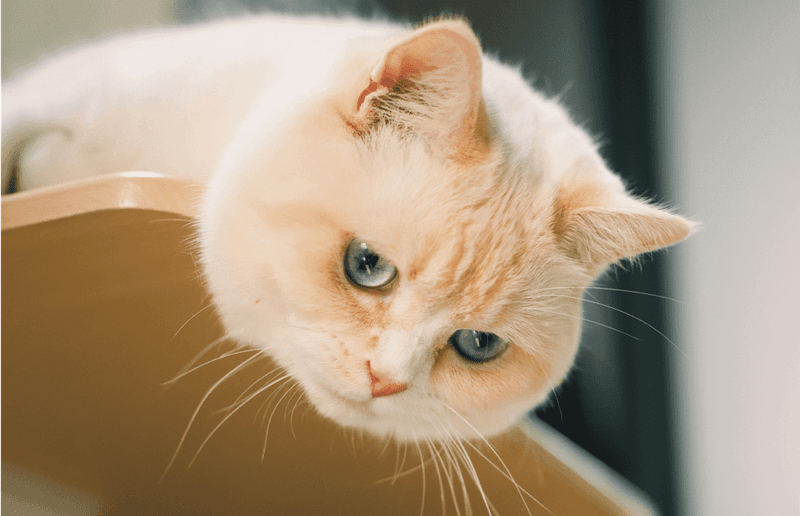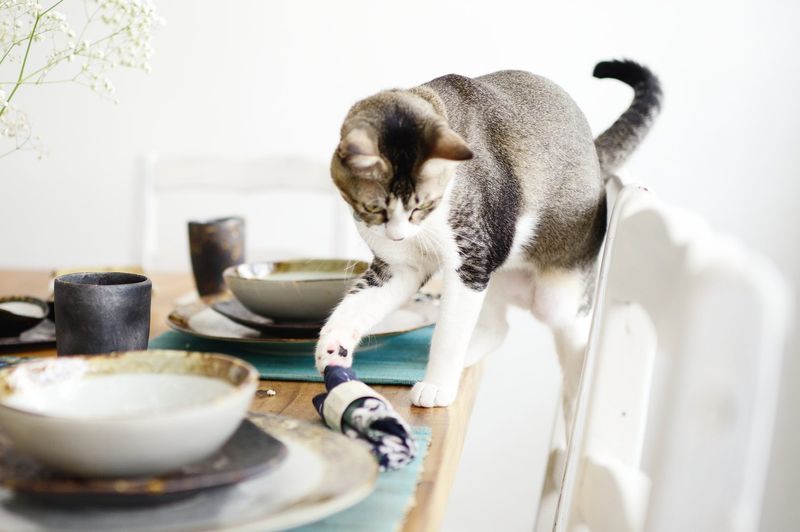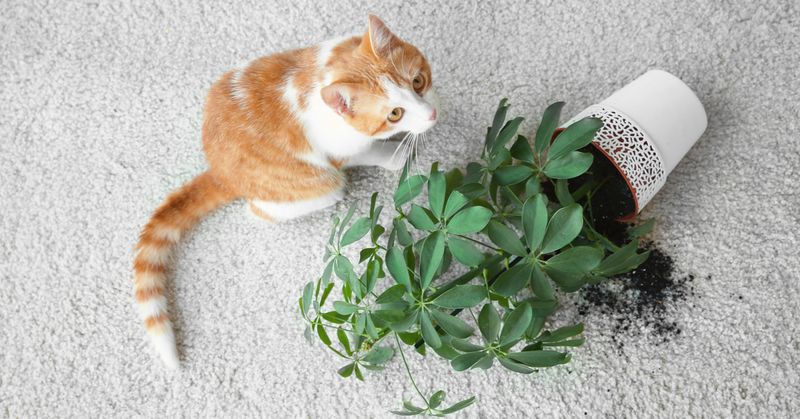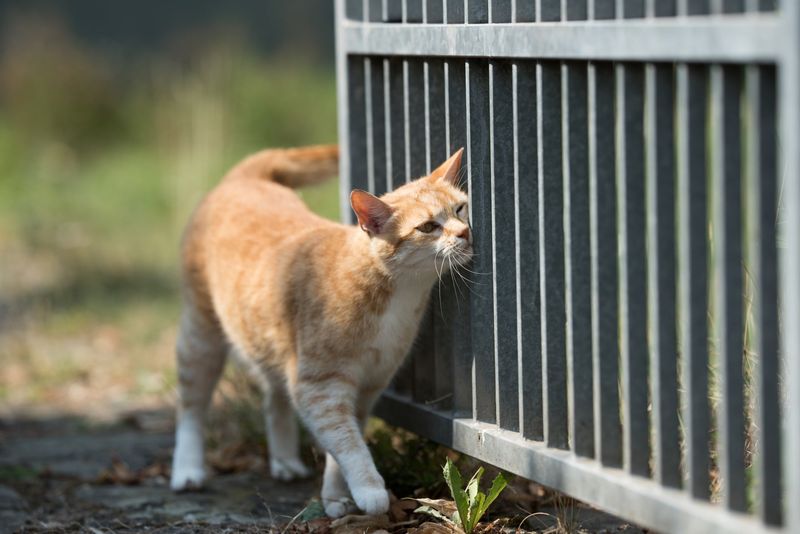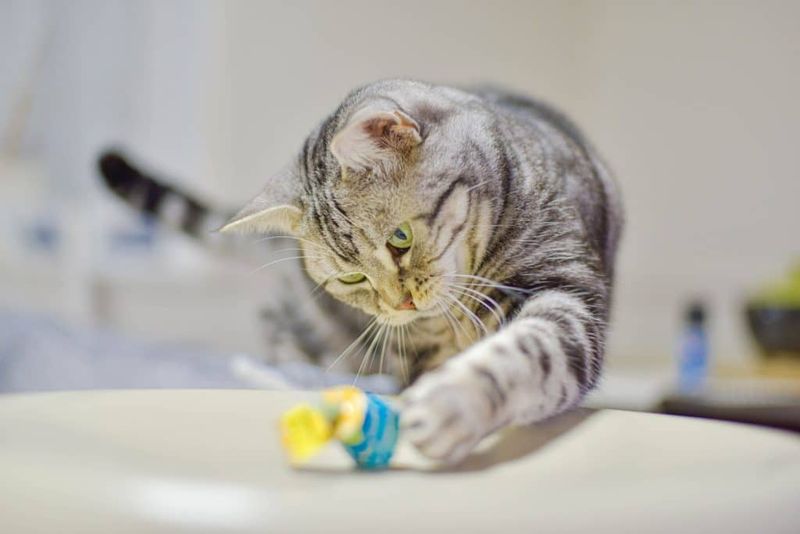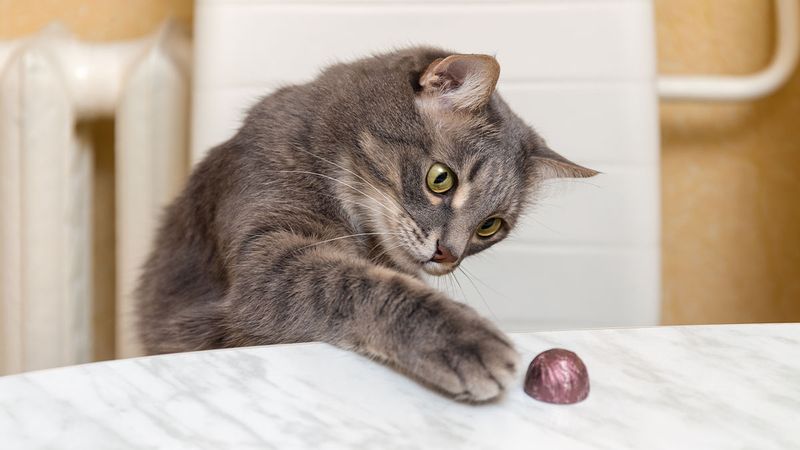📖 Table of Content:
A glass teetering on the edge of a table, a pen suddenly on the floor—these small moments are familiar in homes shared with cats. Their tendency to knock objects over can appear mischievous, puzzling, or even strategic. What seems like chaos often has deeper roots in feline behavior.
This quirky habit is more than random play; it reflects instinct, curiosity, and even communication. Cats interact with their environment through touch and motion, and testing objects is part of how they explore. The behavior may also serve as a form of entertainment or a subtle way to seek attention.
While amusing at times, this trait can also be revealing. Observing when and how it occurs offers insight into a cat’s mood, needs, or environment. Understanding the reasons behind these actions helps build a stronger bond between cat and human.
1. Playful Instincts
Cats are natural hunters, and their playful instincts often translate into knocking things over. Imagine your cat as a little explorer, driven by curiosity and a desire to interact with their environment. This playful behavior is rooted in their predatory nature, as they test objects to mimic capturing prey.
The unpredictable movement and sounds made by falling objects captivate them, providing an exciting challenge. By tapping into these instincts, you can engage your cat with toys that satisfy their need to play, ultimately protecting your fragile items from becoming collateral damage.
2. Attention Seeking
Like humans, cats enjoy attention and may knock things over to get it. Picture your cat glancing at you, then deliberately swatting an object to the ground with their paw. The clatter catches your attention immediately, prompting a reaction.
Cats are smart, and once they realize this tactic works, they might repeat it. Providing your cat with ample attention, petting, and interactive playtime can reduce these attention-seeking antics, ensuring your belongings remain upright and intact.
3. Exploring Territory
Your cat’s natural curiosity drives them to explore and understand their surroundings. As territorial animals, cats use their senses to examine every nook and cranny of their domain. Knocking things over helps them learn about objects’ stability, texture, and even what’s underneath.
This behavior can be seen as their way of mapping out their environment. Providing them with a variety of safe spaces and vertical perches allows them to explore without causing chaos. Encourage this exploration by hiding treats or toys in accessible spots.
4. Testing Object Stability
With their natural curiosity, cats are compelled to see how objects react when touched. A figurine becomes an irresistible target for a soft paw, shifting or tumbling as the cat watches intently. It’s their way of interacting with the world—part instinct, part entertainment.
By understanding this behavior, you can provide sturdy and non-breakable items for them to explore. Additionally, offering puzzle toys can satisfy their curiosity, keeping fragile decor safe from their inquisitive paws.
5. Hunting Practice
As natural predators, cats often use play and exploration to simulate the hunt. Visualize a cat eyeing a glass with intent, tail flicking as it readies to strike. Knocking it over isn’t random—it’s practice for the real thing.
While your cat doesn’t need to hunt for food, these instincts remain strong. Providing interactive toys that mimic hunting scenarios can channel this energy positively, sparing your home from unexpected chaos.
6. Sensory Enjoyment
The sensory experience of knocking objects over appeals to cats. The sound, movement, and unpredictability provide a rich sensory experience. Imagine a cat’s ears perking up as a book falls, followed by the satisfying thud. This sensory stimulation is enjoyable for them, akin to how humans might enjoy popping bubble wrap.
To divert this behavior, incorporate sound-producing toys or interactive play sessions that engage their senses without the mess.
7. Boredom Relief
When boredom strikes, some cats find entertainment in knocking things over. Picture a lazy afternoon with a cat lounging on a counter, absentmindedly swatting at a spoon. This activity provides a break from monotony and a burst of excitement.
To combat boredom, ensure your cat has plenty of stimulating toys and regular playtime. Rotating toys and introducing new activities can keep them entertained and less inclined to create mischief with your belongings.
8. Curiosity About Reactions
Sometimes, cats push objects just to see what happens next—especially from their humans. Imagine a cat knocking over a plant pot, then pausing to study your reaction with interest. It’s a subtle way of exploring cause and effect, or perhaps nudging you into interaction.
Understanding this motive allows you to respond calmly and redirect their attention. Engaging in interactive play and offering positive reinforcement when they behave well can help manage this behavior.
9. Scent Marking
Scent marking is a lesser-known reason cats knock things over. As territorial animals, cats may use their scent glands to mark objects as theirs. Visualize a cat rubbing its head against objects, ensuring their scent is left behind.
Knocking items over can help them achieve this, as it allows them to interact closely. Encouraging scent marking in appropriate ways, like with scratching posts, can help keep this behavior in check while respecting your cat’s need to claim their space.
10. Simply For Fun
Not every toppled item has a deep reason behind it—sometimes, it’s just for the thrill. Visualize a young cat batting at a fragile object, captivated by the anticipation of its fall. The sudden noise and motion offer a rush of playful satisfaction.
Providing alternative outlets for fun, such as interactive toys or play sessions, can help channel this behavior positively. Understanding that sometimes your cat just wants to have fun can help you prepare for and mitigate these playful antics.
11. Instinctual Behavior
At its core, knocking things over is an instinctual behavior for cats. Imagine a Bengal cat, entranced by a stack of papers, calculating its next move. This action is rooted in their wild ancestry, where exploring and manipulating objects were crucial survival skills.
Today’s cats still exhibit these instincts, whether through play or curiosity. Encouraging safe exploration and providing enrichment activities can satisfy these instincts, allowing your cat to express their natural behaviors without wreaking havoc.
